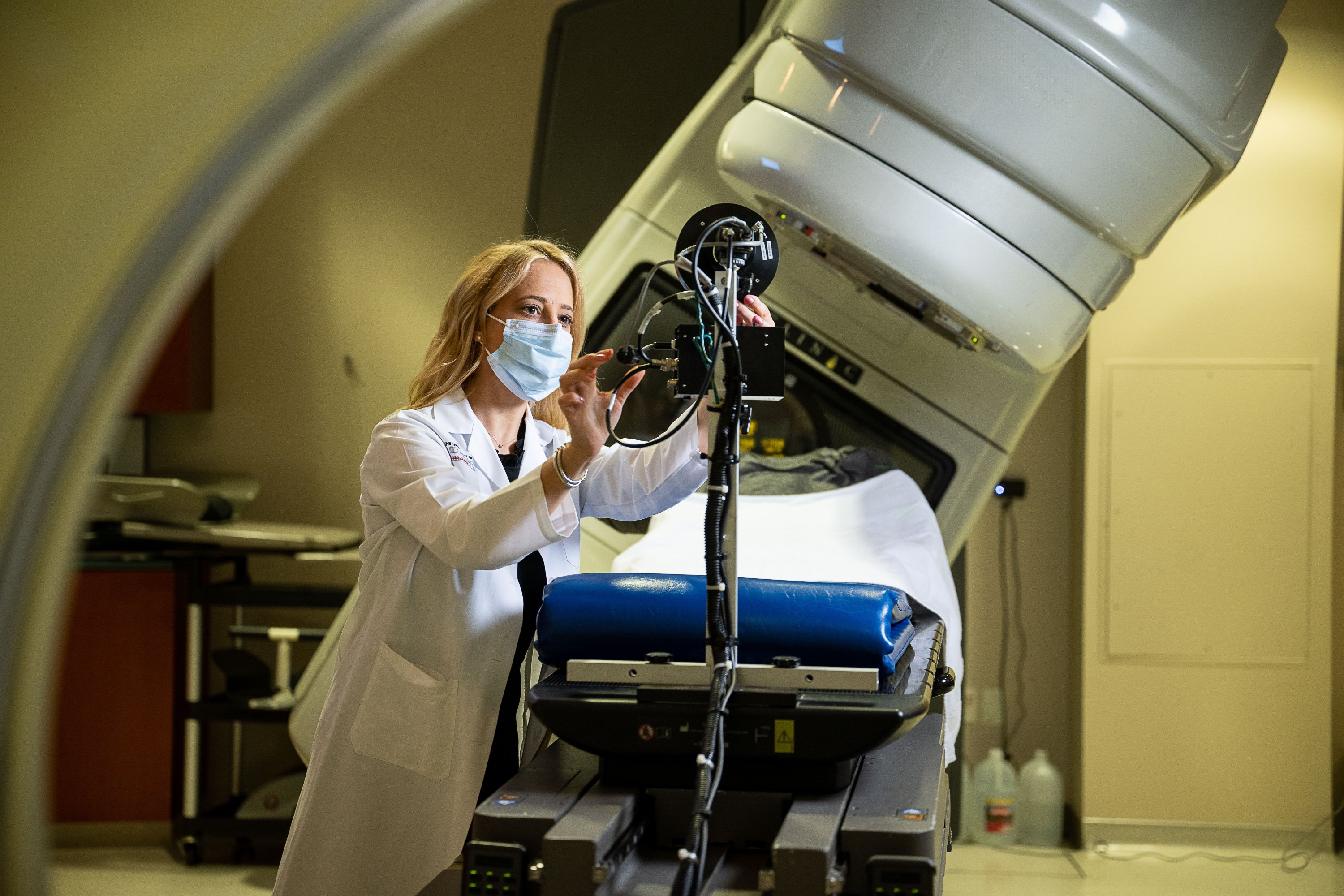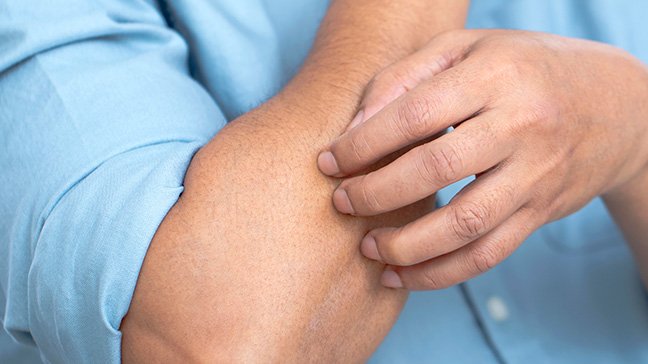- Diseases
- Acoustic Neuroma (16)
- Adrenal Gland Tumor (24)
- Anal Cancer (70)
- Anemia (2)
- Appendix Cancer (18)
- Bile Duct Cancer (26)
- Bladder Cancer (74)
- Brain Metastases (28)
- Brain Tumor (234)
- Breast Cancer (726)
- Breast Implant-Associated Anaplastic Large Cell Lymphoma (2)
- Cancer of Unknown Primary (4)
- Carcinoid Tumor (8)
- Cervical Cancer (164)
- Colon Cancer (168)
- Colorectal Cancer (118)
- Endocrine Tumor (4)
- Esophageal Cancer (44)
- Eye Cancer (36)
- Fallopian Tube Cancer (8)
- Germ Cell Tumor (4)
- Gestational Trophoblastic Disease (2)
- Head and Neck Cancer (14)
- Kidney Cancer (130)
- Leukemia (342)
- Liver Cancer (50)
- Lung Cancer (286)
- Lymphoma (278)
- Mesothelioma (14)
- Metastasis (30)
- Multiple Myeloma (100)
- Myelodysplastic Syndrome (60)
- Myeloproliferative Neoplasm (6)
- Neuroendocrine Tumors (16)
- Oral Cancer (102)
- Ovarian Cancer (178)
- Pancreatic Cancer (160)
- Parathyroid Disease (2)
- Penile Cancer (14)
- Pituitary Tumor (6)
- Prostate Cancer (150)
- Rectal Cancer (58)
- Renal Medullary Carcinoma (6)
- Salivary Gland Cancer (14)
- Sarcoma (238)
- Skin Cancer (300)
- Skull Base Tumors (56)
- Spinal Tumor (12)
- Stomach Cancer (66)
- Testicular Cancer (28)
- Throat Cancer (92)
- Thymoma (6)
- Thyroid Cancer (100)
- Tonsil Cancer (30)
- Uterine Cancer (86)
- Vaginal Cancer (18)
- Vulvar Cancer (22)
- Cancer Topic
- Adolescent and Young Adult Cancer Issues (22)
- Advance Care Planning (12)
- Biostatistics (2)
- Blood Donation (18)
- Bone Health (8)
- COVID-19 (360)
- Cancer Recurrence (120)
- Childhood Cancer Issues (120)
- Clinical Trials (628)
- Complementary Integrative Medicine (22)
- Cytogenetics (2)
- DNA Methylation (4)
- Diagnosis (238)
- Epigenetics (6)
- Fertility (62)
- Follow-up Guidelines (2)
- Health Disparities (14)
- Hereditary Cancer Syndromes (128)
- Immunology (18)
- Li-Fraumeni Syndrome (8)
- Mental Health (122)
- Molecular Diagnostics (8)
- Pain Management (62)
- Palliative Care (8)
- Pathology (10)
- Physical Therapy (18)
- Pregnancy (18)
- Prevention (936)
- Research (390)
- Second Opinion (78)
- Sexuality (16)
- Side Effects (616)
- Sleep Disorders (10)
- Stem Cell Transplantation Cellular Therapy (216)
- Support (408)
- Survivorship (328)
- Symptoms (182)
- Treatment (1788)
Exercise for Cancer Survivors: Moving Forward!
3 minute read | Published April 06, 2011
Medically Reviewed | Last reviewed by an MD Anderson Cancer Center medical professional on April 06, 2011
Evidence is accruing that exercise can help cancer survivors feel better and improves their health.
In the past, cancer survivors were often told that they should rest. While rest is important, getting off the couch and moving also provides benefits.
Additionally, many cancer survivors have declines in physical functioning. They are not able to participate in the same activities or do their daily tasks as effectively as before their diagnosis.
Exercise is associated with many additional health benefits, including reducing the chances of hypertension, heart disease, stroke and diabetes, and improving physical functioning of individuals with arthritis and other musculoskeletal conditions.
Does exercise affect cancer prognosis?
This question is often foremost in the minds of cancer survivors. Research provides us with some good news. Epidemiologic studies have shown that exercising individuals are less likely to develop certain cancers like colon, post-menopausal breast and endometrial cancer.
This has led to speculation that exercise might affect prognosis for people who have been diagnosed with cancer. Several cohort studies have indicated that doing more leisure-time physical activity after cancer diagnosis is associated with a reduced risk of recurrence and cancer death for breast cancer and colon cancer survivors.
A fairly modest amount of exercise improved outcomes. Risk of recurrence was lowered with as little as three hours per week of brisk walking for breast cancer and six hours for colon cancer. However, we do not have evidence from randomized controlled trials that exercising after a cancer diagnosis improves prognosis.
Exercise guidelines for cancer survivors
The benefits that exercise offers have led the American College of Sports Medicine to develop cancer survivor exercise guidelines. They convened a panel of experts to review the literature and make recommendations. The panel's recommendation was clear: avoid inactivity, both during and after treatment (K Schmitz, et al, Medicine & Science in Sports & Exercise, 2010).
With a few exceptions, they recommend that cancer survivors follow the age-appropriate recommendations for the general population -- 150 minutes of moderate intensity or 75 minutes of vigorous intensity aerobic activity per week, and resistance training of all major muscle groups two days per week.
For aerobic exercise, most cancer survivors can follow the general population recommendations. However, those with an increased risk of falling or bone fractures (for example, survivors with peripheral neuropathy or bone metastases) should consider non-weight bearing activity, such as riding a stationary bicycle.
Resistance exercise is an important part of the fitness routine, and can be done safely by cancer survivors. Those at risk for lymphedema or who have stomas should take care to start with a low resistance level and progress slowly. A supervised program is recommended for these survivors.
While special considerations are needed regarding exercise for certain groups of survivors, the message in these recommendations is clear -- survivors should keep MOVING forward!
Basen-Engquist spoke about exercise and cancer at a major forum this week at the American Association for Cancer Research 102nd Annual Meeting.






